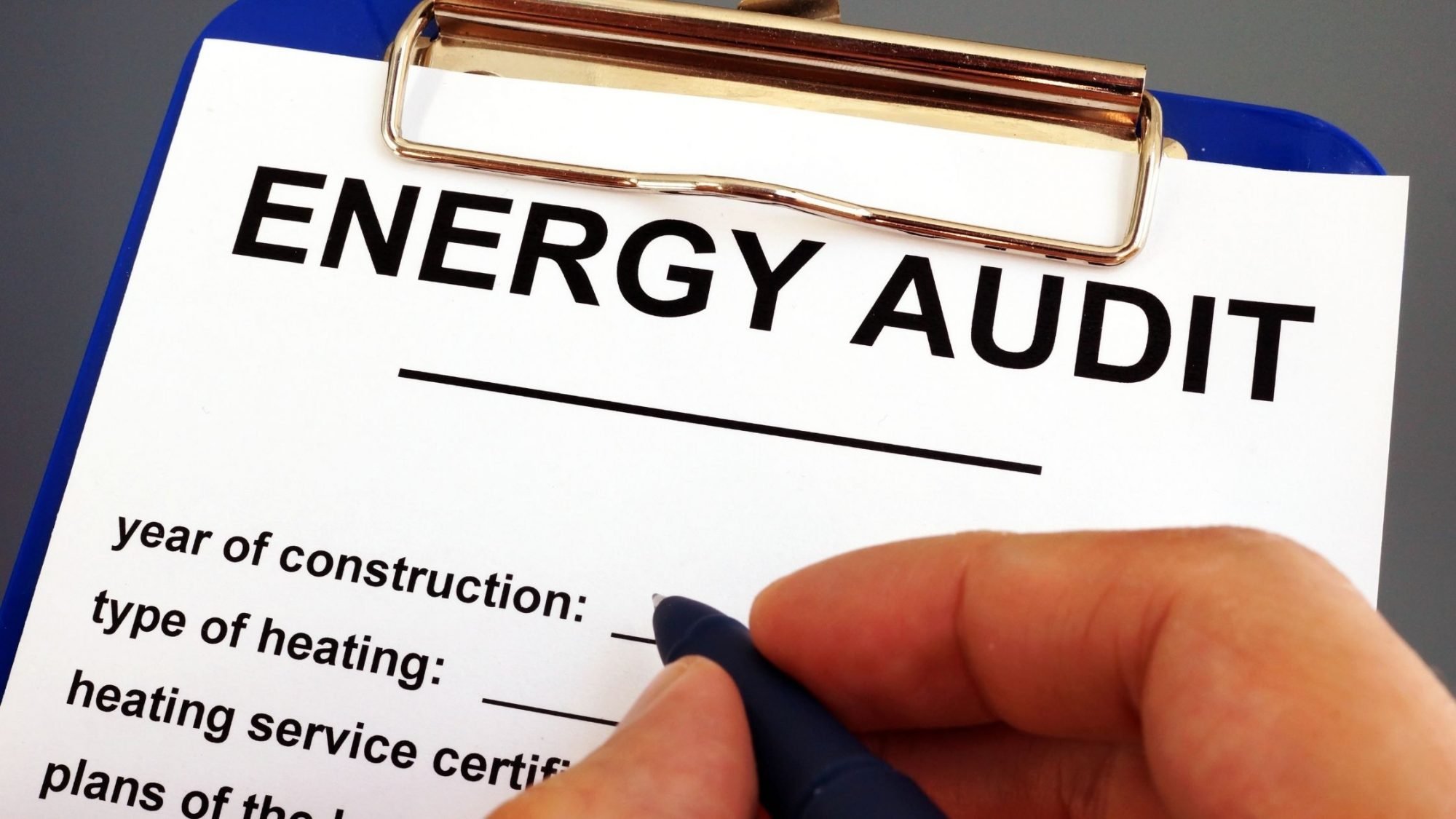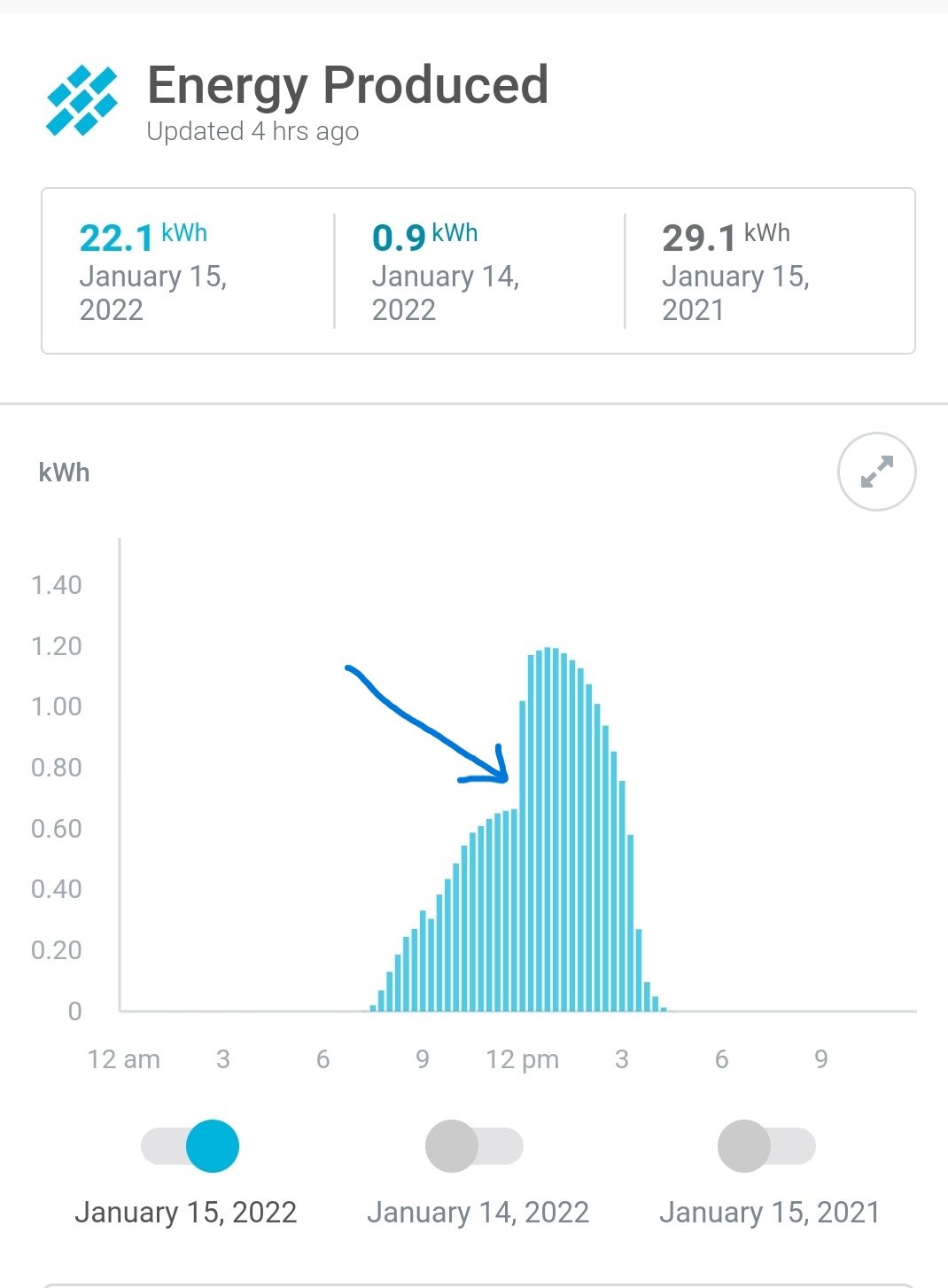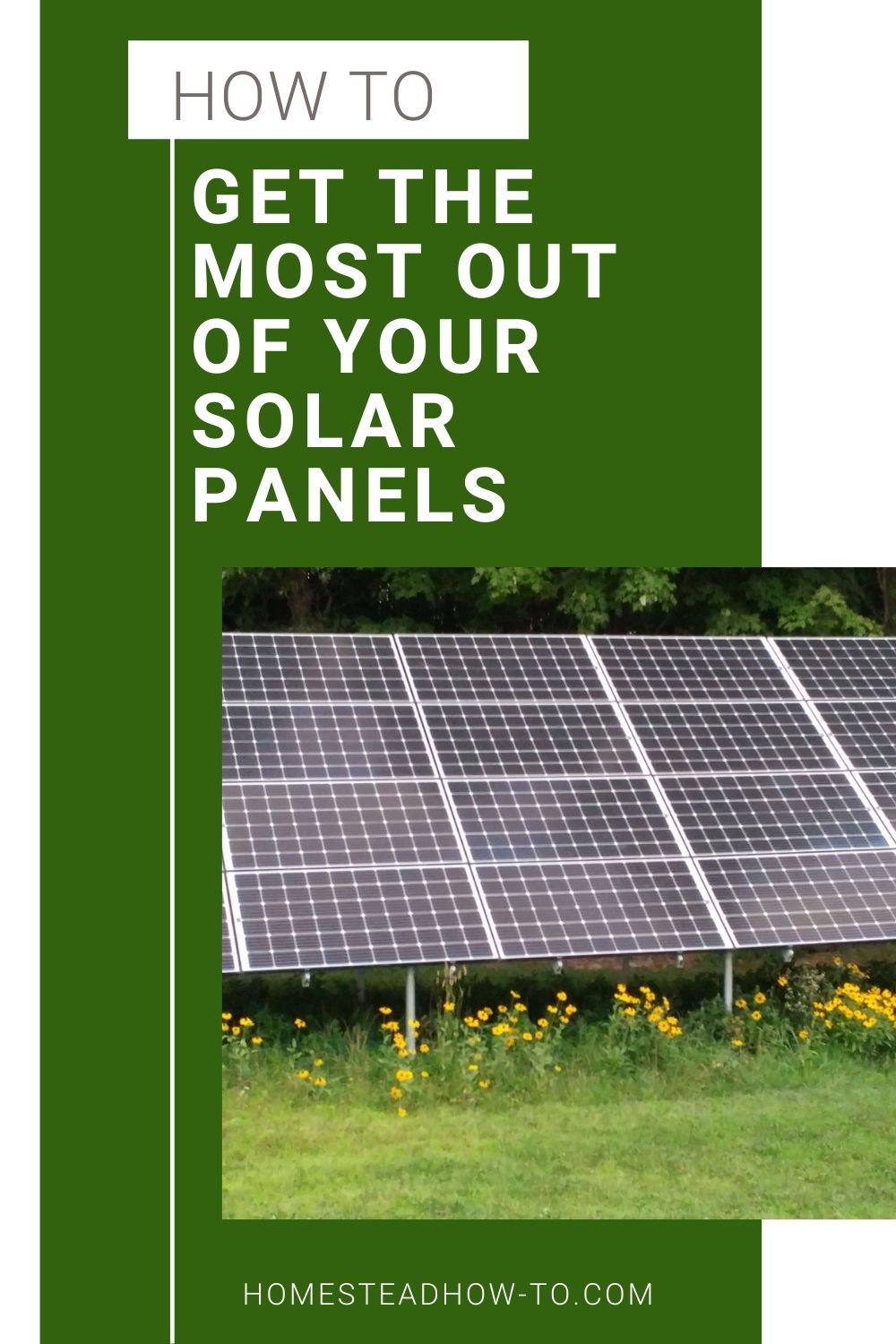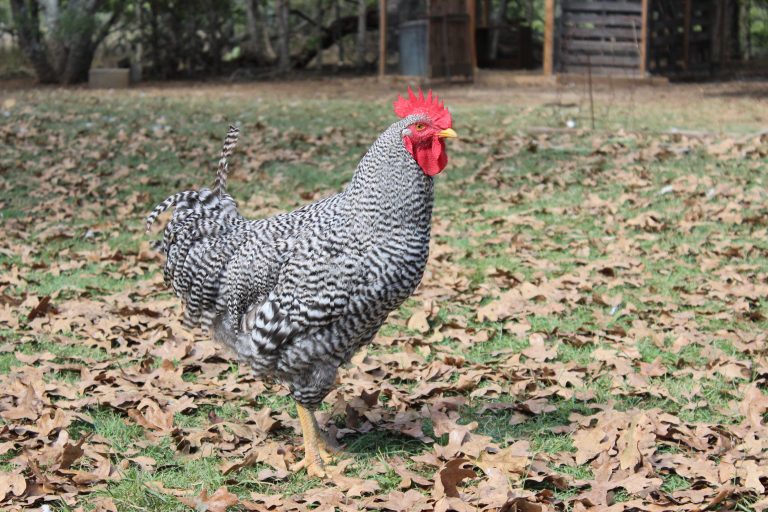This post may contain affiliate links.
If you’ve made the decision to install solar panels on your home, congratulations! You’re making a smart investment that will pay off in the long run while also increasing your ability to be self-reliant. But just because you have solar panels doesn’t mean that you can sit back and relax – you need to make sure that you’re getting the most out of them. In this blog post, we’ll discuss how to generate more power from your solar panels and use solar energy more efficiently.
Start with an Energy Audit
One of the best ways to get the most out of your solar panels is to conduct an energy audit of your house. This means taking a look at all of your appliances and electronics and seeing how much power they use. You may be surprised at just how much electricity some of your devices are using – even when they’re not in use!
Once you know how much power each device uses, you can start looking for ways to decrease your usage so you make efficient use of the power provided by your solar panels. There are a number of things you can do to reduce the amount of energy your home consumes, including:
- Unplugging appliances and electrical devices when they are not in use;
- Upgrading to new energy-efficient appliance models (for things like your refrigerator, your dryer, your hot water heater, your dishwasher, and more):
- Switching from incandescent or CFL light bulbs to sing LED light bulbs (did you know that LED light bulbs can use up to 75% less energy?!);
- Installing a smart thermostat that automatically turns your heat down overnight, or during the day when you are not home;
- If you heat with electric, making sure that you are not losing heat the outdoors by weatherizing your home; weatherizing can include everything from caulking cracks to making your own removeable storm windows and more;
- If you have an electric hot water heater, you can also investigate water savers to reduce the amount of water used when washing dishes or taking showers (which in turn reduces the amount of heat required).

Track Your Energy Usage over Time (& Make Changes)
Finally, another way to get the most out of your solar panels is to track your energy usage over time. This means keeping tabs on how much power you’re using and when. By knowing this information, you can adjust your habits and conserve energy when needed. For example, if you know that you’re going to be using more electricity than usual one day (like during a holiday party), then you can make sure to unplug any unnecessary appliances for a few days to make up for it. Or, if you notice that you are using a lot of electricity on certain days (like Saturdays when everyone is home), you can look for ways to decrease that usage on a regular basis.
There are a number of ways to do this, but one easy way is to use a home energy monitoring system. This system will track your electricity usage in real-time and give you detailed information about how much power each appliance is using. You can then use this data to make changes in your daily routine and conserve energy.
- Running high-use appliances during the day when your panels are actively generating power can also help you maket the most of your solar production – think about running the dishwasher, clothes dryer, or stove when the sun in shining instead of at night.
Maximize Sun Exposure & Clear Obstacles that Block Solar Rays
Another important thing to keep in mind when getting the most out of solar panels is maximizing sun exposure. You want to make sure that your panels are getting as much sunlight as possible throughout the day. This means positioning them in an area where they will receive direct sunlight for the majority of the day. This is important in the beginning when you decide where to put your solar panels, but also important to keep in mind as the landscape grows and changes and impacts your panels. If a tree or another obstruction is blocking the sun, try trimming back any branches or leaves that are getting in the way.

Clear Snow from Solar Panels
In northern climates, the reflection of the sun off of the snow in months with longer days (think February and March) can lead to huge solar gains, but not if your panels are covered with 6 inches of snow. While some solar installation companies will tell you that clearing snow is not necesary, in our experience the snow does not always melt away quickly enough to make up for energy loss.
You can clear snow off solar panels by hand or with a very soft brush to ensure that they are getting the most sun possible during shorter winter days. Do not use anything abrasive or rough so that you don’t cause damage to your panels (you may want to consult with your installer for their recommendation on clearing, too).
When we started clearing the snow from our solar panels, even in the dark month of January, we saw our power generation shoot up noticeably from one day to the next. The illustration below shows you the exact moment, about midday, when we cleared the snow from the lower half of our panels (that we could reach) – see how the energy production suddently jumps to a new bell curve?

Invest in a Solar Battery Storage Unit
Solar battery storage units are becoming increasingly popular as people look for ways to store energy from their solar panels. This way, you can gather the power generated by your solar panels during the daytime when it’s not being used, and then use that stored energy at night or during times when the sun isn’t shining.
There are a number of different solar battery storage options on the market, so be sure to do your research before investing in one. Make sure that the unit you choose is compatible with your solar panel system and has a capacity that meets your needs.
At this point the cost of batteries makes it tough to recommend this option for everyone, so we suggest trying all of the above strategies first. Be sure to look for rebates or incentives on battery back-up systems; because they are fairly new, many power companies and state tax programs are offering to help offset the cost so that more of these units can be brought to market.
**
By following these tips, you can make sure that your solar panels are working to their highest potential and generating as much power as possible. Not only will this save you money in the long run, but it will also help reduce your carbon footprint! Thanks for reading.

Carrie Williams Howe is an educational leader by day and an aspiring homesteader by night and weekend. She lives on a small homestead in Vermont with her husband, two children, and a rambunctious border collie. She blogs about her family's homestead life at The Happy Hive.






